Cisco Catalyst 2.4 GHz, 5/6 GHz Dual-Band Polarization-Diverse Directional Patch Antenna (C-ANT9103=)
Available Languages
Table of Contents
Azimuth and Elevation Radiation Patterns
Contents of the Antenna and Bracket Kit
Dimensions of the Antenna and Brackets
Deciding on a Mounting Location
Mounting on a Wall or Ceiling Using Articulating Bracket
Mounting Directly on a Wall Through Mounting Holes on the Antenna
Mounting on a Wall, Ceiling or Mast with AP Mounted Directly on Antenna
Connecting the Antenna to the Access Point
Communications, Services, and Additional Information
Cisco Catalyst 2.4 GHz and 5/6 GHz Dual-Band Polarization-Diverse Directional Patch Antenna (C-ANT9103=)
First Published: March 13, 2020
Last Updated: April 17, 2020
This document describes the Cisco Catalyst 2.4 GHz and 5/6 GHz Dual-Band Polarization-Diverse Directional Patch Antenna (C-ANT9103=), and provides electrical specifications and mounting instructions.
The antenna is an octal DART port polarization-diverse patch antenna that operates over the 2.4 GHz band and extended 5 GHz band (up to 7.125 GHz), and IoT. It has 8 RF paths and 16 digital lines. It also has an LED. The antenna ships with an articulating mount for use on flat surfaces and masts, and is adjustable in both horizontal and vertical planes.
The antenna is designed for use in indoor and outdoor environments with an approved Cisco Catalyst series access point that requires four dual-band and four 5/6 GHz antennas. The antenna also includes circuitry to enable self-identification of the antenna by the Cisco Catalyst Series access points.
The following information is provided in this document:
■![]() Azimuth and Elevation Radiation Patterns
Azimuth and Elevation Radiation Patterns
■![]() Contents of the Antenna and Bracket Kit
Contents of the Antenna and Bracket Kit
■![]() Dimensions of the Antenna and Brackets
Dimensions of the Antenna and Brackets
■![]() Communications, Services, and Additional Information
Communications, Services, and Additional Information
Technical Specifications
Safety Precautions
- Installation of this antenna near power lines is dangerous. For your safety, follow the installation directions.
Each year, hundreds of people are killed or injured when attempting to install an antenna. In many of these cases, the victim was aware of the danger of electrocution, but did not take adequate steps to avoid the hazard.
For your safety, and to help you achieve a good installation, read and follow these safety precautions. They may save your life!
■![]() If you are installing an antenna for the first time, for your own safety as well as that of others, seek professional assistance. Your Cisco sales representative can explain which mounting method to use for the size and type of antenna you are about to install.
If you are installing an antenna for the first time, for your own safety as well as that of others, seek professional assistance. Your Cisco sales representative can explain which mounting method to use for the size and type of antenna you are about to install.
■![]() Select your installation site with safety as well as performance in mind. Remember that electric power lines and phone lines look alike. For your safety, assume that any overhead line can kill you.
Select your installation site with safety as well as performance in mind. Remember that electric power lines and phone lines look alike. For your safety, assume that any overhead line can kill you.
■![]() Call your electric power company. Tell them your plans and ask them to come and look at your proposed installation. This is a small inconvenience considering your life is at stake.
Call your electric power company. Tell them your plans and ask them to come and look at your proposed installation. This is a small inconvenience considering your life is at stake.
■![]() Plan your installation carefully and completely before you begin. Successful raising of a mast or tower is largely a matter of coordination. Each person should be assigned a specific task, and should know what to do and when to do it. One person should be in charge of the operation to issue instructions and watch for signs of trouble.
Plan your installation carefully and completely before you begin. Successful raising of a mast or tower is largely a matter of coordination. Each person should be assigned a specific task, and should know what to do and when to do it. One person should be in charge of the operation to issue instructions and watch for signs of trouble.
■![]() When installing your antenna, remember:
When installing your antenna, remember:
–![]() Do not work on a wet or windy day.
Do not work on a wet or windy day.
–![]() Do dress properly—shoes with rubber soles and heels, rubber gloves, long sleeved shirt or jacket.
Do dress properly—shoes with rubber soles and heels, rubber gloves, long sleeved shirt or jacket.
■![]() If the assembly starts to drop, get away from it and let it fall. Remember, the antenna, mast, cable, and metal guy wires are all excellent conductors of electrical current. Even the slightest touch of any of these parts to a power line completes an electrical path through the antenna and the installer: You!
If the assembly starts to drop, get away from it and let it fall. Remember, the antenna, mast, cable, and metal guy wires are all excellent conductors of electrical current. Even the slightest touch of any of these parts to a power line completes an electrical path through the antenna and the installer: You!
■![]() If any part of the antenna system should come in contact with a power line, don’t touch it or try to remove it yourself. Call your local power company. They will remove it safely.
If any part of the antenna system should come in contact with a power line, don’t touch it or try to remove it yourself. Call your local power company. They will remove it safely.
■![]() If an accident occurs with the power lines, call for qualified emergency help immediately.
If an accident occurs with the power lines, call for qualified emergency help immediately.
For a listing of all the warning statements and their translations, see Translated Safety Warnings for Cisco Aironet Access Points at:
http://www.cisco.com/c/en/us/td/docs/wireless/access_point/warnings/reference/guide/ap_warn1.html
Installation Notes
Antennas transmit and receive radio signals that are susceptible to RF obstructions and common sources of interference that can reduce throughput and the range of the device to which they are connected. Follow these guidelines to ensure the best possible performance:
■![]() Install the antenna vertically and mount it with the cables pointing towards the ground.
Install the antenna vertically and mount it with the cables pointing towards the ground.
■![]() Keep the antenna away from metal obstructions such as heating and air-conditioning ducts, large ceiling trusses, building superstructures, and major power cabling runs. If necessary, use a rigid conduit to lower the antenna away from these obstructions.
Keep the antenna away from metal obstructions such as heating and air-conditioning ducts, large ceiling trusses, building superstructures, and major power cabling runs. If necessary, use a rigid conduit to lower the antenna away from these obstructions.
■![]() In an outdoor environment, connect the antenna to a lightning arrestor and ensure proper grounding.
In an outdoor environment, connect the antenna to a lightning arrestor and ensure proper grounding.
■![]() The density of the materials used in a building’s construction determines the number of walls the signal can pass through and still maintain adequate signal strength. Consider the following before choosing the location for your antenna:
The density of the materials used in a building’s construction determines the number of walls the signal can pass through and still maintain adequate signal strength. Consider the following before choosing the location for your antenna:
–![]() Signals penetrate paper and vinyl walls with little change to signal strength.
Signals penetrate paper and vinyl walls with little change to signal strength.
–![]() Signals penetrate only one or two solid and precast concrete walls without degrading signal strength.
Signals penetrate only one or two solid and precast concrete walls without degrading signal strength.
–![]() Signals penetrate three or four concrete and wood block walls without degrading signal strength.
Signals penetrate three or four concrete and wood block walls without degrading signal strength.
–![]() Signals penetrate five or six walls constructed of drywall or wood without degrading signal strength.
Signals penetrate five or six walls constructed of drywall or wood without degrading signal strength.
–![]() Signals are likely to reflect off a thick metal wall and may not penetrate it at all.
Signals are likely to reflect off a thick metal wall and may not penetrate it at all.
–![]() Signals are likely to reflect off a chain link fence or wire mesh spaced between 1 and 1 1/2 inch. (2.5 and 3.8 cm). The fence acts as a harmonic reflector that blocks the signal.
Signals are likely to reflect off a chain link fence or wire mesh spaced between 1 and 1 1/2 inch. (2.5 and 3.8 cm). The fence acts as a harmonic reflector that blocks the signal.
■![]() Install the antenna away from microwave ovens and 2 GHz cordless phones. These products can cause signal interference because they operate in the same frequency range as the device to which your antenna is connected.
Install the antenna away from microwave ovens and 2 GHz cordless phones. These products can cause signal interference because they operate in the same frequency range as the device to which your antenna is connected.
Contents of the Antenna and Bracket Kit
Figure 1 Contents of the Antenna Bracket Kit

Dimensions of the Antenna and Brackets
The dimensions noted in the following illustrations are all in mm, unless noted otherwise.
Figure 2 Dimensions of the Antenna with Brackets and Cables

Figure 3 Locations of Screw Holes and Pressure Vent at the Back of the Antenna

Figure 4 Locations of the Screw Holes on the Articulating Mount Flange
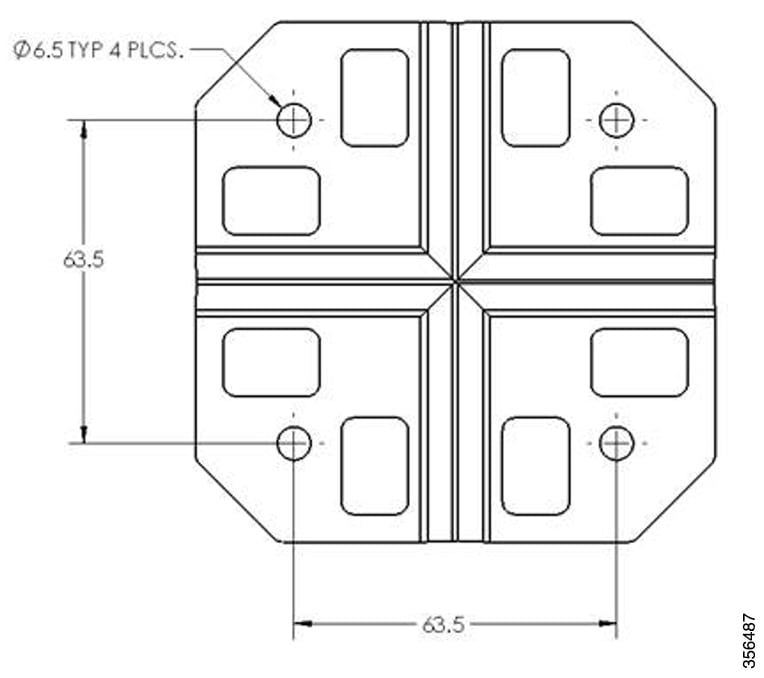
Installing the Antenna
You can install the antenna on a wall or ceiling (must be a flat surface), or on a pole with a minimum diameter of 2 inches (5.08 cm) and a maximum diameter of 5 inches (12.7 cm).
Decide on a mounting location. See the Deciding on a Mounting Location.
- Ensure that you have the requisite tools and fasteners ready. See the Tools and Equipment Required.
- Proceed with mounting the antenna. When mounting the antenna, assemble the bracket hardware, connect the antenna and bracket to the mounting surface, and adjust the antenna orientation.
Deciding on a Mounting Location
The antenna should be mounted clear of any obstructions to the side or front of the enclosure, which contains the radiating elements. Keep in mind that this antenna should be aimed at the intended coverage area. Therefore, you should mount the antenna such that the desired mechanical tilt is achieved. If possible, mount the antenna near the access point so that you can use the shortest possible connecting cables.
Tools and Equipment Required
- IMPORTANT SAFETY INSTRUCTIONS
Before you work on any equipment, be aware of the hazards involved with electrical circuitry and be familiar with standard practices for preventing accidents. Read the installation instructions before using, installing, or connecting the system to the power source. Use the statement number provided at the end of each warning statement to locate its translation in the translated safety warnings for this device.
SAVE THESE INSTRUCTIONS Statement 1071 - Instructed person is someone who has been instructed and trained by a skilled person and takes the necessary precautions when working with equipment.
Skilled person/Qualified personnel is someone who have training or experience in the equipment technology and understand potential hazards when working with equipment. Statement 1089


- The fasteners and the mounting surface should be capable of maintaining a minimum pullout force of 150 pounds (68 kg) to support the weight of the antenna and bracket along with the potential wind loading on the antenna.
- The pole or mast must be rigid enough to hold the weight of the antenna along with the associated forces produced by wind loads. Also, the pole or mast must be structurally strong enough to withstand the clamping force of the hose clamps.
Before you start with mounting the antenna, go through the mounting procedure for each kind of installation and ensure that you have all tools and fasteners mentioned therein ready. The following is a general list of fasteners and tools which are not included in the antenna and brackets kit.
■![]() To mount the antenna on a wall or ceiling, you need four mounting 4 mm or #8 screws or bolts and wall anchors.
To mount the antenna on a wall or ceiling, you need four mounting 4 mm or #8 screws or bolts and wall anchors.
■![]() To mount the antenna on a pole or mast, you will need either or both of these supplies:
To mount the antenna on a pole or mast, you will need either or both of these supplies:
–![]() Slotted screwdriver to tighten the screws on the hose clamps
Slotted screwdriver to tighten the screws on the hose clamps
–![]() A 5/16 inch (8mm) socket or box wrench
A 5/16 inch (8mm) socket or box wrench
■![]() You may also need the following tools and equipment, which are not provided as part of the kit:
You may also need the following tools and equipment, which are not provided as part of the kit:
Mounting on a Wall or Ceiling Using Articulating Bracket
Note![]() The fasteners and mounting surface should be capable of maintaining a minimum pullout force of 150 pounds (68 kg) to support the weight of the antenna along with the potential wind loading on the antenna.
The fasteners and mounting surface should be capable of maintaining a minimum pullout force of 150 pounds (68 kg) to support the weight of the antenna along with the potential wind loading on the antenna.
Determine the mounting location for the antenna.
- Attach the free articulating mount flange to the wall or ceiling using four 4mm or #8 screws and fasteners, through the holes on the bracket.
Use one of the two articulating mount flange brackets (see Contents of the Antenna Bracket Kit) that is included in the mounting kit. - Assemble the bracket hardware, as shown in Exploded View of Antenna and Bracket Hardware Assembly. Use a wrench to tighten the 1/4 20 x 1.25" screws on the brackets.
- Orient the antenna correctly so that the antenna cable exits downwards. Use a wrench to loosen or tighten the fasteners at the azimuth and elevation- adjustment pivots.
- Adjust the azimuth (side-to-side position) and elevation (up-and-down position) of the antenna. Loosen the adjustment pivot bolts slightly to allow for adjustment.
The azimuth angle can be adjusted ±60 degrees (Azimuth Adjustment) and elevation can be adjusted ±60 degrees (Elevation Adjustment). Use the azimuth and elevation markings on the articulating mounting arm and the flange brackets as a guide. See Close-Up View of the Azimuth and Elevation-Adjustment Pivots. - After adjusting the antenna position, tighten the pivot bolts. Tighten all the bolts to not more than 30 lbf.in. (3.4 Nm).
- Connect the antenna’s 8-DART plug to the access point.
For the recommended cable type, see the Recommended Cable.
Figure 5 Exploded View of Antenna and Bracket Hardware Assembly

Figure 6 Cable Restraint on the Back of the Antenna
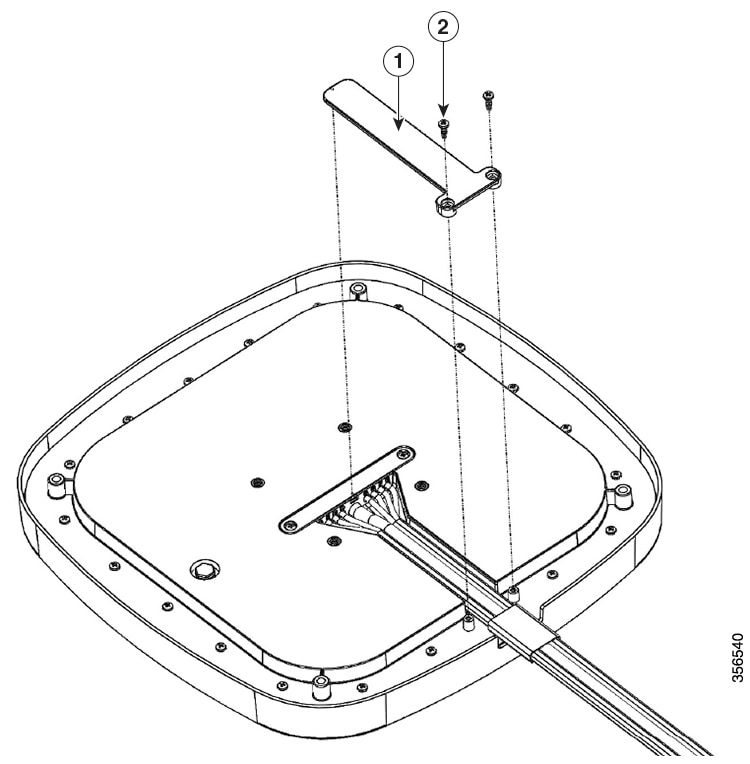
1 |
Cable restraint.1 |
2 |
Figure 7 Close-Up View of the Azimuth and Elevation-Adjustment Pivots


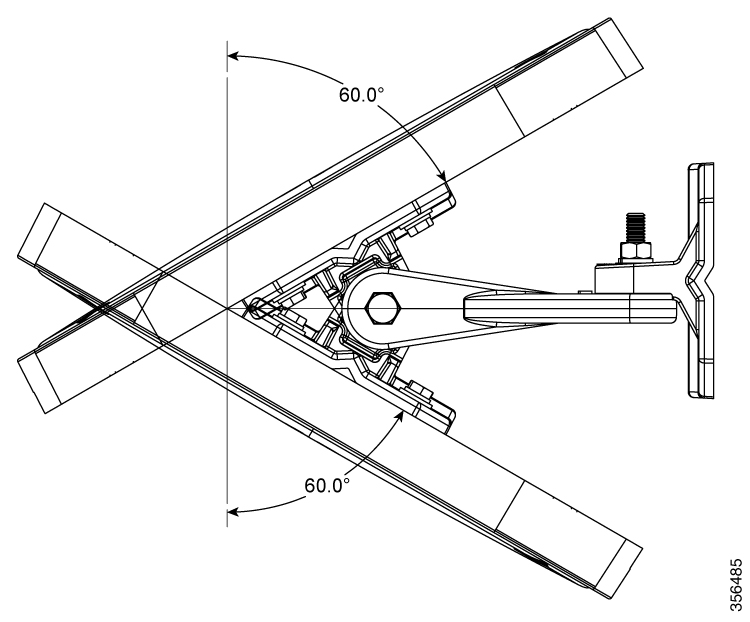
Mounting Directly on a Wall Through Mounting Holes on the Antenna
Note![]() The fasteners and mounting surface should be capable of maintaining a minimum pullout force of 150 pounds (68 kg) to support the weight of the antenna along with the potential wind loading on the antenna.
The fasteners and mounting surface should be capable of maintaining a minimum pullout force of 150 pounds (68 kg) to support the weight of the antenna along with the potential wind loading on the antenna.
Determine the mounting location for the antenna.
- Mount the antenna to the wall using four 4 mm or #8 screws and fasteners, through the holes on the antenna. See Exploded View of Antenna and Hardware Assembly for Direct Wall Mounting.
- Orient the antenna correctly so that the antenna cable exits downwards.
- Place the cap plugs to cover the mounting holes on the antenna.
- Connect the antenna’s 8-DART plug to the access point.
For the recommended cable type, see the Recommended Cable.
Figure 10 Exploded View of Antenna and Hardware Assembly for Direct Wall Mounting

Mounting on a Pole or Mast
Note![]() The pole or mast must be rigid enough to hold the weight of an antenna along with the associated forces produced by wind loads. In addition, the mast must be structurally strong enough to withstand the clamping force of the hose clamps.
The pole or mast must be rigid enough to hold the weight of an antenna along with the associated forces produced by wind loads. In addition, the mast must be structurally strong enough to withstand the clamping force of the hose clamps.
Determine the mounting location for the antenna on the pole or mast.
- Position and mount the mounting flange bracket on to the pole or mast using the hose clamps provided in the kit. The hose clamps should pass through the slots on the free mounting flange bracket.
One of the two required articulating mount flange brackets come attached to the back of the antenna (see Contents of the Antenna Bracket Kit). The other flange bracket, included in the kit, is the one used in this step.
- Tighten the hose clamps only to the extent that they can hold the flange bracket and the antenna in place until the antenna is positioned at its final position. Use a slotted screwdriver to tighten the screws on the hose clamps.
- Assemble the antenna and bracket to the flange bracket. See Exploded View of Antenna and Bracket Hardware Assembly.
- Position the antenna, mounting bracket, and hose clamps on the mast. See Antenna Bracket Hose Clamp Assembly for Pole Mounting for reference.
- Tighten the hose clamps until the antenna is fully secure on the mast. Ensure that the antenna cannot rotate about the mast.
- After the antenna is secured on the mast, adjust the azimuth (side-to-side position) and elevation (up-and-down position) of the antenna. Loosen the adjustment pivot bolts slightly to allow for adjustment.
Azimuth angle can be adjusted ±60 degrees (Azimuth Adjustment) and elevation can be adjusted ±60 degrees (Elevation Adjustment).
You can use the azimuth and elevation markings on the articulating mounting arm and the flange brackets as a guide. See Close-Up View of the Azimuth and Elevation-Adjustment Pivots.
- After you adjust the antenna position, tighten the adjustment bolts. Tighten all the bolts to not more than 30 lbf.in. (3.4 Nm).
- Connect the antenna’s 8-DART plug to the access point.
For the recommended cable type, see the Recommended Cable.
Figure 11 Antenna Bracket Hose Clamp Assembly for Pole Mounting

Mounting on a Wall, Ceiling or Mast with AP Mounted Directly on Antenna
You can directly mount the Cisco Catalyst series C9130AX-E access point to the back of the C-ANT9103= antenna using the AIR-AP-BRACKET-9= bracket. See Exploded View of Bracket Hardware Assembly for Directly Mounting Access Point to Back of Antenna.
Remove the rubber feet from each of the four shoulder screws on the access point.
- Loosen and remove the four shoulder screws of the AP.
- Fix the bracket to the AP using the four shoulder screws removed in Loosen and remove the four shoulder screws of the AP.. Tighten all the screws to 18-20 in-lbs (2.03-2.26 Nm).
- Fasten the four 11/8 inch-L, 8-32 thread screws to fix the AP-bracket module to the back of the antenna. Tighten all the screws to 18-20 in-lbs (2.03-2.26 Nm).
- Cover the four 11/8 inch-L, 8-32 thread screws using the caps.
- Fix the cable to the bracket using zip ties.
- Use the four 1/4-20 thread serrated flange locknut to fix the AIR-AP-BRACKET-9= bracket to the adapter bracket. Tighten all the screws to 39-43 in-lbs (4.41-4.86Nm).
- Connect the antenna’s octal DART plug to the access point.
Figure 12 Exploded View of Bracket Hardware Assembly for Directly Mounting Access Point to Back of Antenna

Connecting the Antenna to the Access Point
The antenna has an 8-port DART plug which is connected to the octal DART port on the access point.
The C-ANT9103= includes circuitry to enable self-identification of the antenna by the Cisco Catalyst series C9130AX-E access points. The C-ANT9103= antenna has a built-in EEPROM that can be read by the AP to automatically configure the antenna type, gain, and beamwidth in the wireless controller.
Painting the Antenna
Painting the antenna and the bracket does not affect its performance if you use standard exterior-grade, oil-based, or latex paint. Do not use metallic or metallic-flake paints, which will degrade antenna performance.
Note![]() Before painting the antenna, cover the pressure-release vent on the rear, lower-left of the antenna with masking tape to prevent clogging. Ensure that you remove the tape afterwards.
Before painting the antenna, cover the pressure-release vent on the rear, lower-left of the antenna with masking tape to prevent clogging. Ensure that you remove the tape afterwards.
We recommend that you use Krylon Fusion for Plastic or Rust-Oleum for Plastic (which might require a primer coat). For best results, follow the surface preparation suggestions from the paint manufacturer.
Communications, Services, and Additional Information
■![]() To receive timely, relevant information from Cisco, sign up at Cisco Profile Manager.
To receive timely, relevant information from Cisco, sign up at Cisco Profile Manager.
■![]() To get the business impact you’re looking for with the technologies that matter, visit Cisco Services.
To get the business impact you’re looking for with the technologies that matter, visit Cisco Services.
■![]() To submit a service request, visit Cisco Support.
To submit a service request, visit Cisco Support.
■![]() To discover and browse secure, validated enterprise-class apps, products, solutions and services, visit Cisco Marketplace.
To discover and browse secure, validated enterprise-class apps, products, solutions and services, visit Cisco Marketplace.
■![]() To obtain general networking, training, and certification titles, visit Cisco Press.
To obtain general networking, training, and certification titles, visit Cisco Press.
■![]() To find warranty information for a specific product or product family, access Cisco Warranty Finder.
To find warranty information for a specific product or product family, access Cisco Warranty Finder.
Cisco Bug Search Tool
Cisco Bug Search Tool (BST) is a web-based tool that acts as a gateway to the Cisco bug tracking system that maintains a comprehensive list of defects and vulnerabilities in Cisco products and software. BST provides you with detailed defect information about your products and software.
Cisco and the Cisco logo are trademarks or registered trademarks of Cisco and/or its affiliates in the U.S. and other countries. To view a list of Cisco trademarks, go to this URL: www.cisco.com/go/trademarks. Third-party trademarks mentioned are the property of their respective owners. The use of the word partner does not imply a partnership relationship between Cisco and any other company. (1721R)
Contact Cisco
- Open a Support Case

- (Requires a Cisco Service Contract)
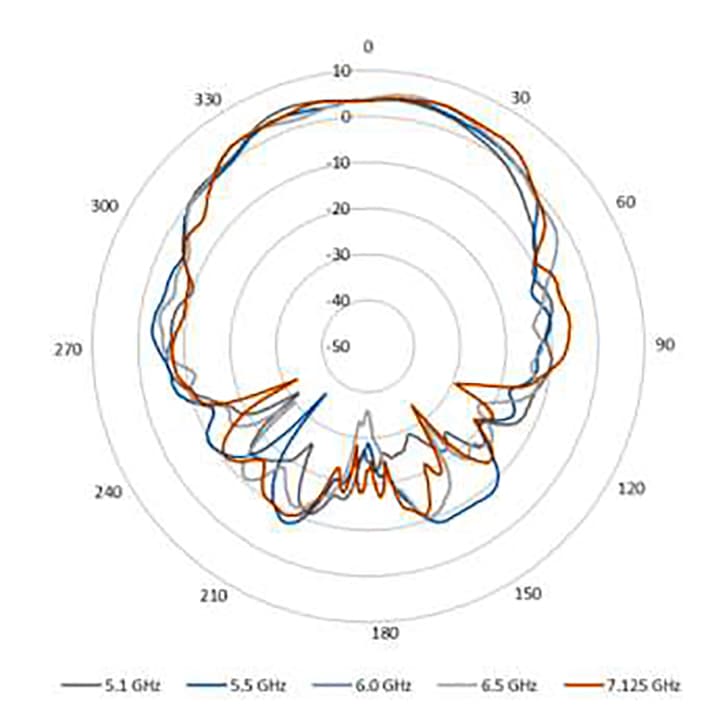



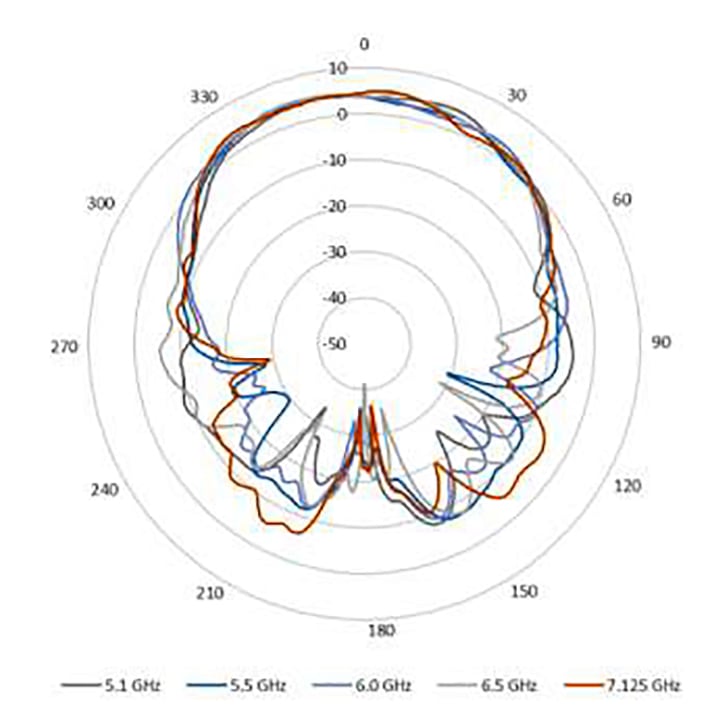
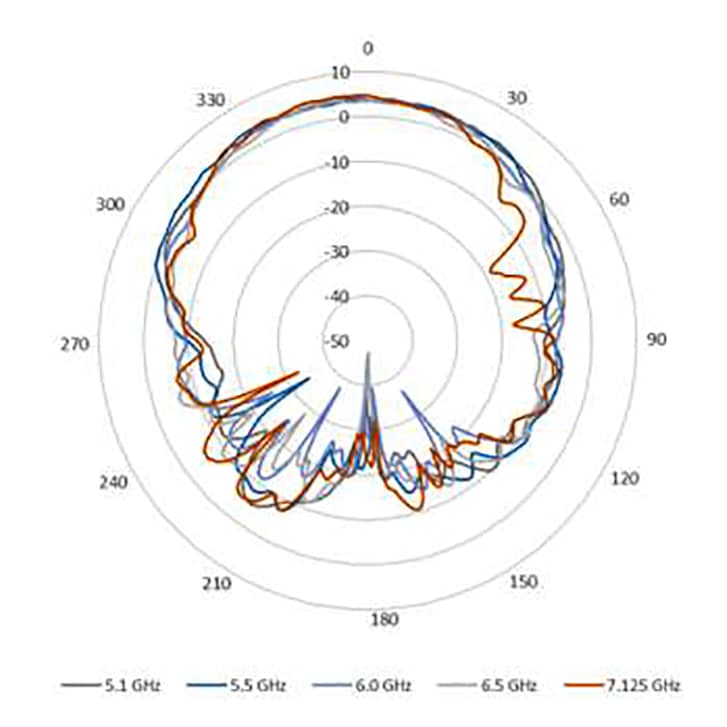







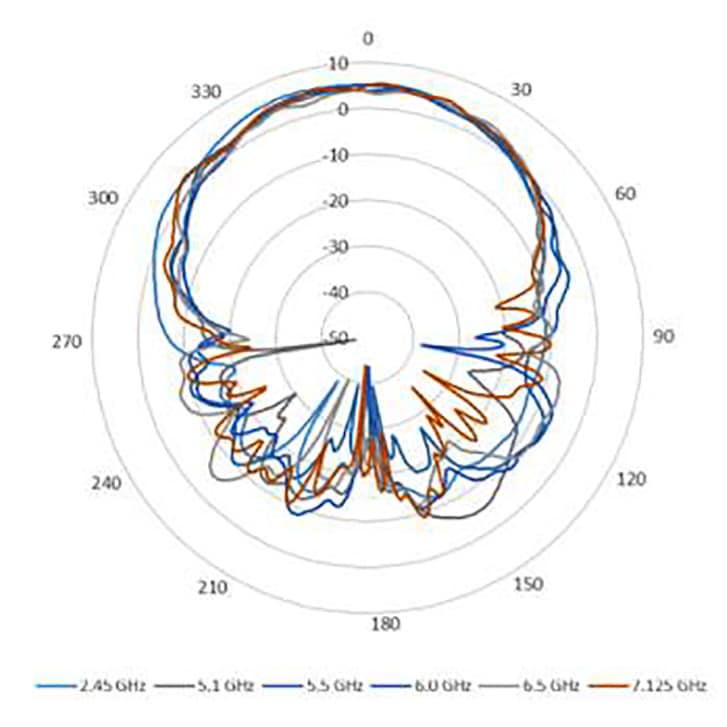


 Feedback
Feedback